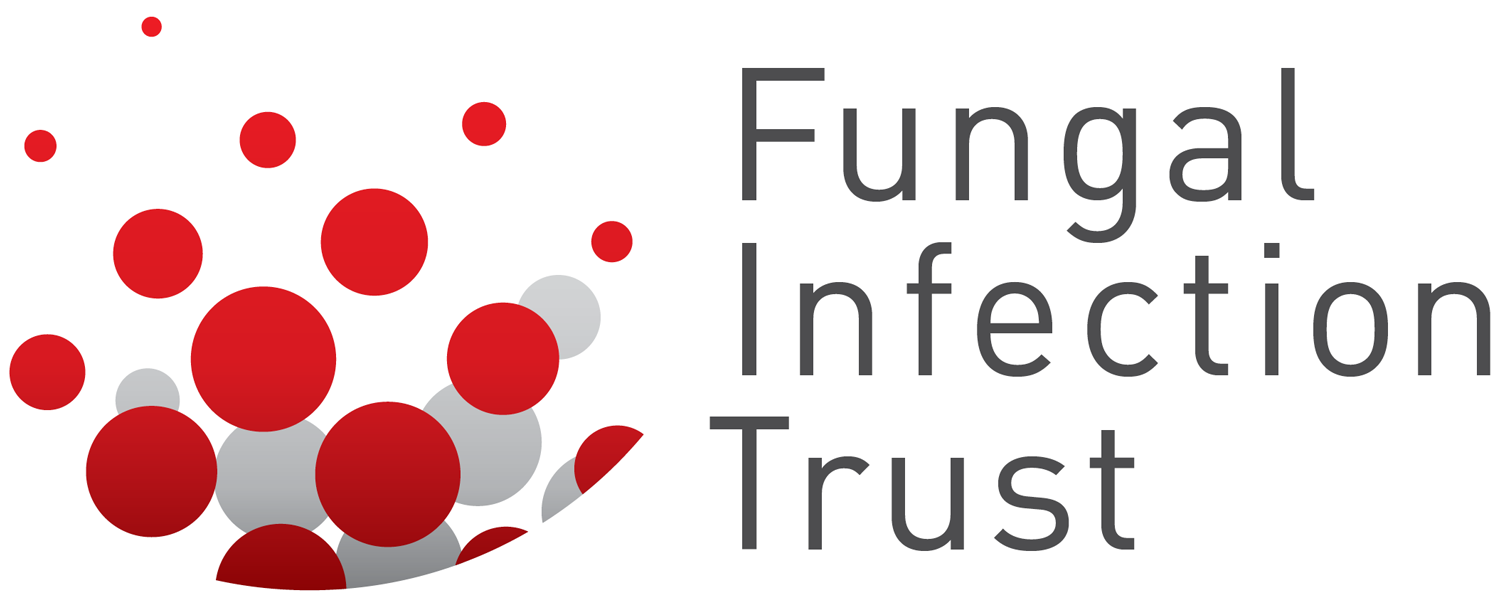Of the estimated 2 million species of fungi on earth about 600 have caused disease. Most infections are caused by the genera Trichophyton, Candida, Aspergillus and Cryptococcus. Other relatively common genera causing infection include Microsporum, Malassezia, Histoplasma, Coccidioides and Pneumocystis. Common genera causing allergic fungal disease include Aspergillus, Alternaria, Cladosporium, Malassezia and Penicillium.
Fungal infections are best sub-divided into 5 groups, although there are some overlaps. Most serious fungal infections are ‘hidden’, occurring as a consequence of other health problems such as asthma, AIDS, cancer, transplantation and corticosteroid therapies. Infections are grouped as follows in order of broadly decreasing severity:
Invasive fungal infections which are often fatal (esp. cryptococcal meningitis, invasive aspergillosis, Candida bloodstream infection, Pneumocystis pneumonia).
Chronic lung or deep tissue infection (esp. chronic pulmonary aspergillosis)
Allergic fungal disease (esp. allergic bronchopulmonary aspergillosis (ABPA), severe asthma with fungal sensitisation (SAFS))
Mucosal infection (esp. oral and oesophageal candidiasis, Candida vaginitis (thrush))
Skin, hair and nail infection (esp. ringworm, tinea capitis, athlete’s foot, onychomycosis).
